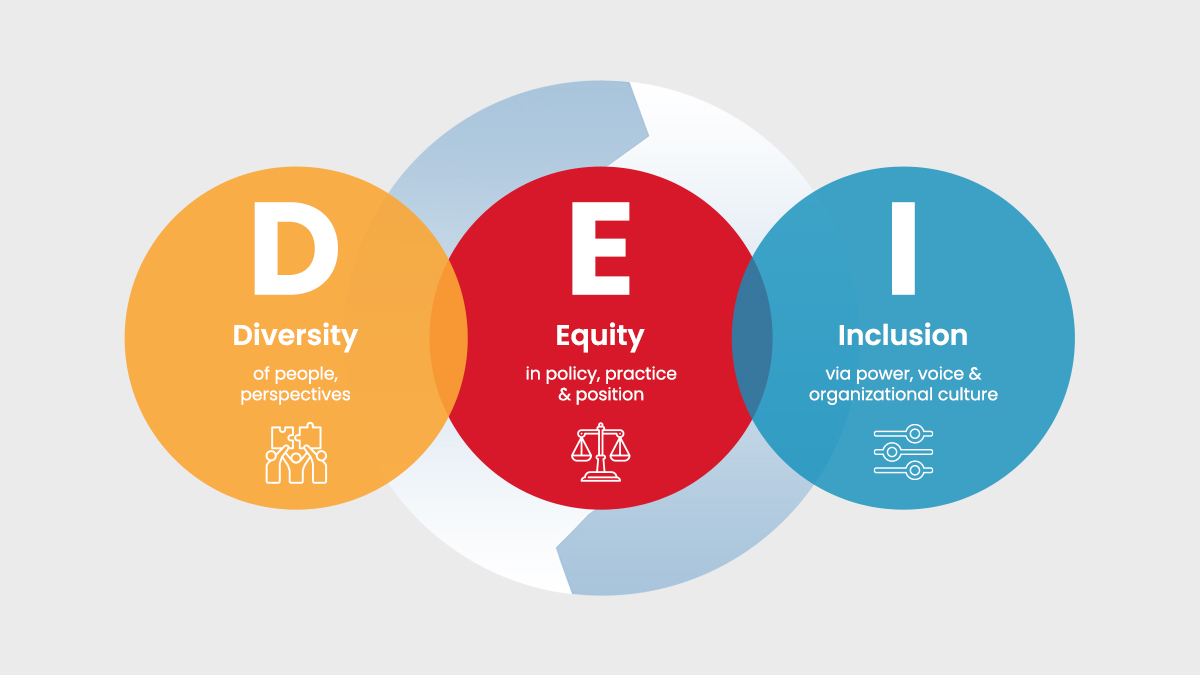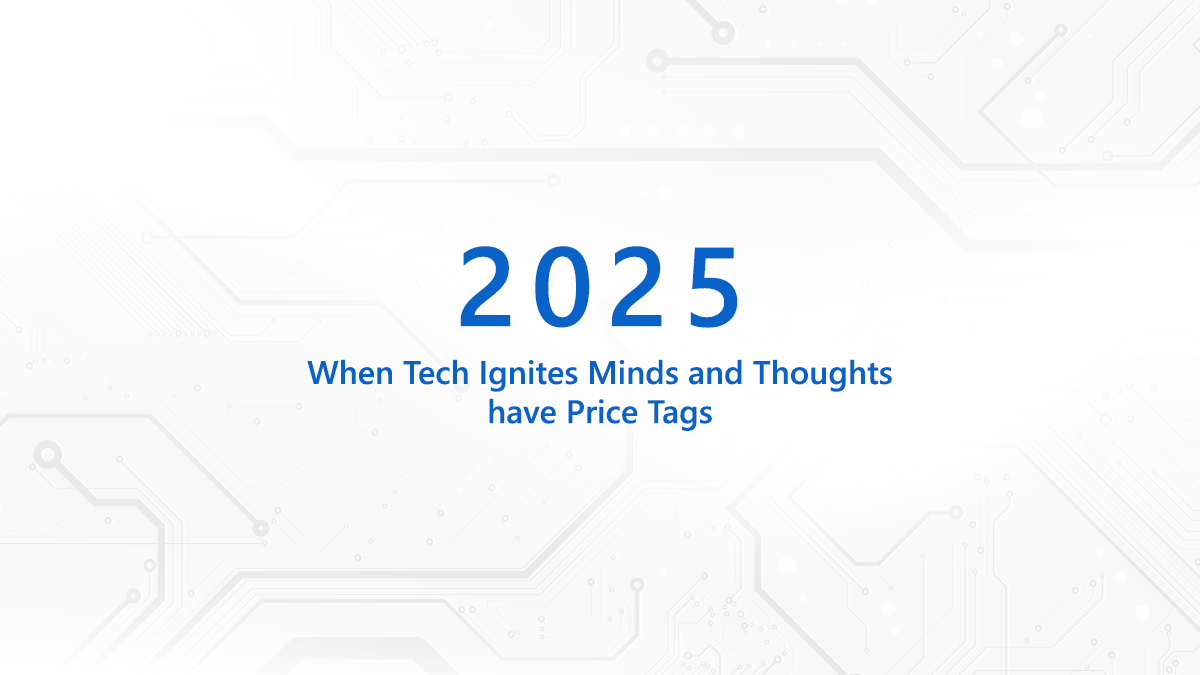
Globally tourism is valued as a 9 trillion USD industry i.e. it is three times bigger in size than agriculture. However, the value chain is quite fragmented with multiple players in the organized and unorganized space. Take for example India’s ecosystem that has 53,000 travel agents, 115,000 tour operators, 15,000 adventure companies, 911,000 tourist transporters, 53,000 hospitality companies and five lakh restaurants. This has nudged economies to explore marketplaces that bring these players together and effectively connect supply to demand in tourism.
State Role in Building Inclusive, Aggregator Tourism Platforms
Back in the 1950s, if you were to book a flight ticket, the maze of manual processing would have devoured around 90 minutes for reservation. Circa 2020, you not just book a ticket in a fleeting moment, but can explore, plan and shop in a few clicks. A few taps of the finger and the tour plan is mapped!
Simple as it sounds? Not really. Having a digital platform for travel experiences & purchases has not proved to be a cure-all. There is visible online asymmetry with smaller players pitted unequally against their bigger peers in terms of advertisement spend & market reach. And, the online medium with its explosion of information makes much content superfluous for the users. Add to this, the tourist is unsure which piece of information is bankable. Unless these shortcomings are addressed, the tourist may roll back his plans, resulting in revenue loss for the ‘tourism economy’.
Moreover, tourism as a sector is variegated in scope and practice. Its products from homestays to heritage hotels and wildlife trails together with the variety of people engaged- tour operators, cabbies, hoteliers, local guides and destination photographers are offered both by entrepreneurs & established business houses. Providing a level playing field and fair competition to all players may be challenging for private aggregators. This is where a state led tourism platform can plug the market gaps and create a seamless ecosystem to bring in sustainable ‘digital synergy’. By investing in this effort, the government also helps to realize the massive employment potential of tourism in the destination.
Online aggregated models with an inclusive touch can unlock the 'hidden treasures' in tourism. @tourismgoi @odisha_tourism @magicalkenya @UNWTO @IRCTCofficial @NatGeoTravel @TravelMagazine @IATA @WTTC #Tourism #Travel #DestinationTourism #GovTech https://t.co/w5DIfZPw0S
— Priyadarshi Nanu Pany (@NanuPany) October 7, 2020
For long, the government’s role in tourism was to create infrastructure and frame policies to boost footfalls and earnings. But with nations vying to grab a bigger pie of the $9 trillion tourism market (still growing as we read this), governments realize they have a bigger role to brand their destinations on the global map. Taking note, governments have stepped on the phase of transition from a ‘facilitator’ to ‘inclusive aggregator and value creator’ in tourism business.
Many countries offer sublime destinations- underplayed or uninitiated but waiting to be explored. To unravel them is possible only when we have a government managed one-stop portal that democratizes content and opportunities.
GovTech for Inclusivity, Credibility, Connect & Commerce
When it comes to inclusivity, credibility, connect & commerce, the government machinery is best poised to take up the mantle and create impact. Realizing the gap, many countries such as Australia & India have invested in integrated tourism portals built on Adobe Experience Manager (AEM), Liferay or Sitecore, delivering a truly seamless, omni channel experience. Moreover, such portals can allow hoteliers, tour operators, tourist guides and homestay owners of all stripes to upload their packages, deals and offers, thus promoting economic activity through online enquiries and lead generation. Government led platforms even in specific destinations (such as Odisha Tourism) are bringing in inclusiveness too by crowdsourcing content from bloggers, vloggers and influencers that resonates better with the tourists. Add to it the power of promotion & endorsement of a digital marketplace managed by the government and you have on your hands a winner. In any other travel aggregation system, this would have been more or less a pipedream.
The opportunities on digital is unlimited with the advent of emerging technologies.
Tourism will need the ‘human touch-point’ but time beckons us to plan the future from a ‘technology standpoint’.
The author is Priyadarshi Nanu Pany, founder & CEO of CSM Technologies. This article was originally published on his LinkedIn profile
.

























































We will verify and publish your comment soon.